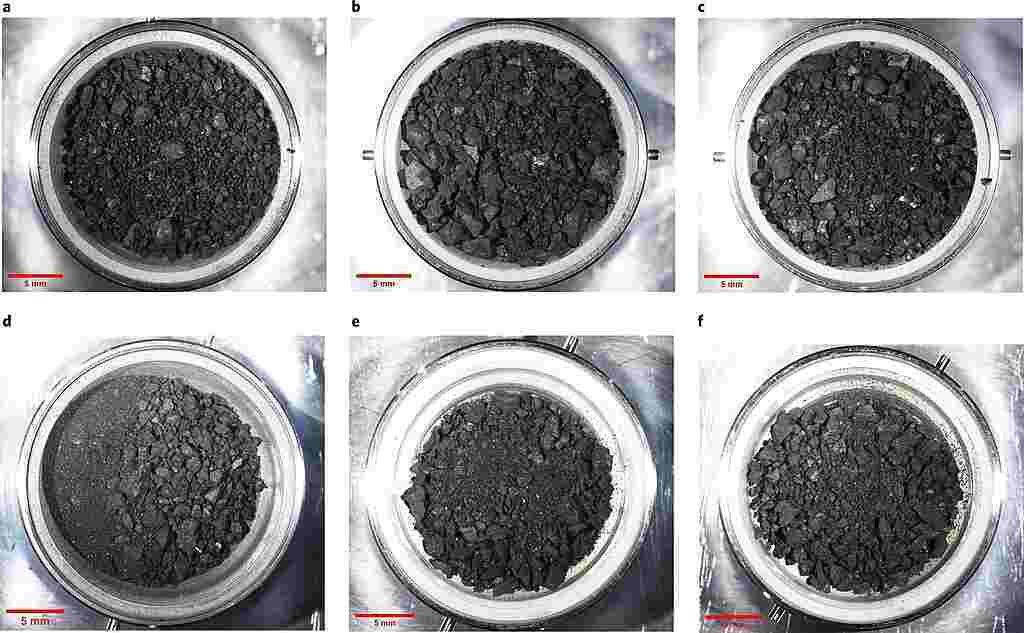Did the ingredients of life come from outer space? The theory is reinforced by the discovery of thousands of organic compounds in the asteroid Ryugu
Nearly 20,000 organic compounds have been identified in samples from the asteroid Ryugu, collected by the Japanese Hayabusa2 mission and then repatriated to Earth just over two years ago. Among them: 15 amino acids, 3 of which constitute cell proteins.
What reinforce the theory according to which the elementary bricks of the alive would have been manufactured in space then brought on Earth by falls of meteorites.
Molecules associated on Earth with all forms of life
If other works, in particular French, relating to the mineralogy or the volatile elements of Ruygu have already been revealed, this study is the first (probably of a long series!) concerning molecules composed of carbon atoms and combined themselves to atoms of hydrogen, nitrogen, oxygen, phosphorus or sulfur – the molecules which, on Earth, constitute the building blocks of all forms of life.
For example, the human body is thus composed of 97% of these six chemical elements designated by the acronym CHON (carbon, hydrogen, nitrogen, oxygen).
Images of the asteroid’s surface made with Hayabusa2 (an asteroid sample-return mission operated by the Japanese state space agency JAXA) JAXA, Chiba Institute of Technology, University of Tokyo, Kochi University, Rikkyo University, Nagoya University, Meiji University, University of Aizu, AIST, CC BY 4.0, via Wikimedia Commons
Proteinogenic amino acids
The consortium of researchers analyzed 30 milligrams of the 5.4 grams of pebbles and fine dust collected by the Japanese space probe. To do this, they used state-of-the-art techniques, such as mass spectroscopy or gas or liquid phase chromatography.
A remarkable wealth of molecules formed from these six elements has thus been identified: nearly 20,000 in all! Among them: aliphatic amines, carboxylic acids, polycyclic aromatic hydrocarbons and other nitrogen-rich substances… But also 15 amino acids, three of which – glycine, valine and alanine – are qualified as “proteinogens”. They actually frame the proteins that regulate chemical reactions within cells or form structures such as hair or muscles.
The cold chemistry of space
These organic molecules can certainly “be produced by chemical reactions which do not involve life”, specifies a press release from the American Space Agency: processes which began in the interstellar medium before continuing in the protoplanetary disc then during formation and peregrination of asteroids like Ryugu within the Solar System.
But these results support the theory that cold chemistry from space “can produce some of the key ingredients of life”, adds the Nasa press release, brought to Earth more than four billion years ago following experiments. asteroid falls.
Sources: PinterPandai, Space, Max-Planck-Gesellschaft, Science.org
Photo credit (main picture): Author: Yada, T., Abe, M., Okada, T. et al. (CC BY 4.0) via Wikimedia Commons
Main photo explanation (main picture): samples of asteroid Ryugu returned by Hayabusa2.

